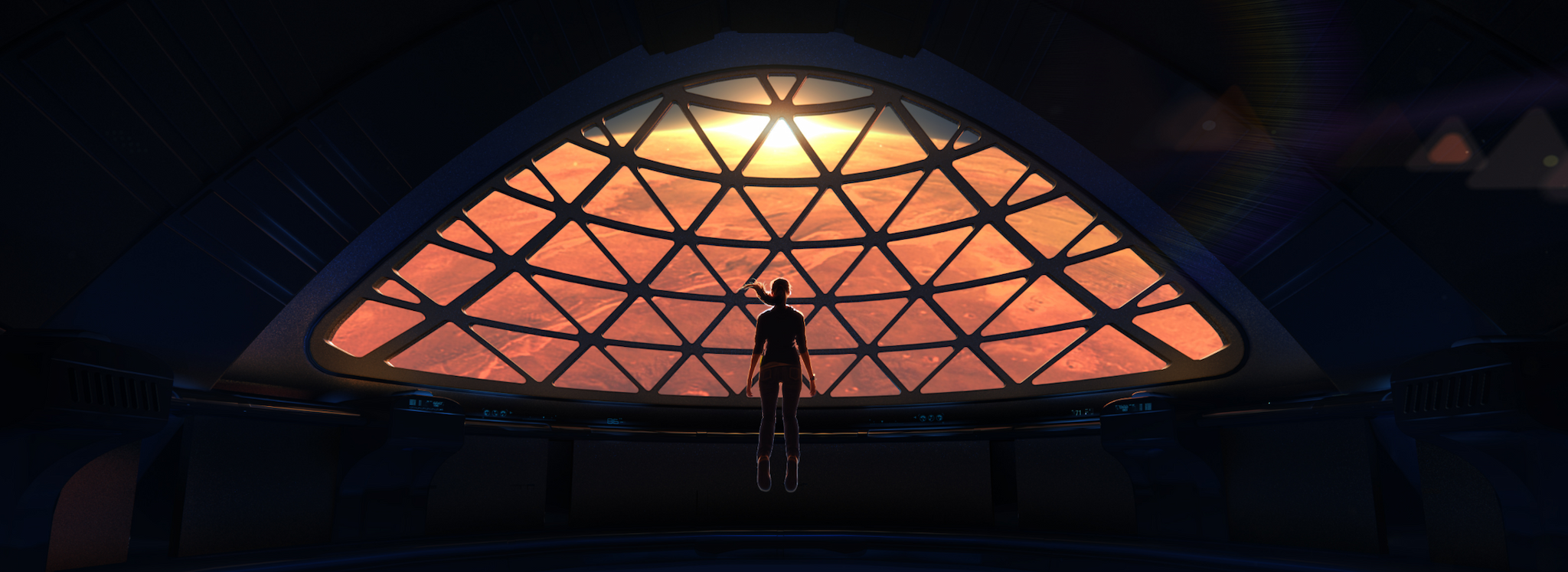A Bit of Tweaking
Almost a year after SpaceX founder and CEO Elon Musk unveiled his plans to make human beings a multi-planetary species by getting to Mars, the serial entrepreneur is set to give highly anticipated updates next week. Musk will once again be at the International Astronautical Congress (IAC) in Australia, the same forum where he first revealed SpaceX's plans for a Martian conquest.
Speaking at last year's IAC, held in Guadalajara, Mexico, Musk revealed a highly ambitious but convincing plan to get to Mars. While some, like popular astrophysicist Neil deGrasse Tyson, have reservations about this plan, SpaceX has been working hard in developing the technologies necessary to make it happen. As a result of their preparations, certain adjustments have been made — and Musk has already hinted at what some of these might be.
Eyes on Mars
One of the changes we're expecting is about the rockets, specifically in terms of size. In July, Musk said that SpaceX has designed the rockets for Mars to be smaller than initially planned, to cut down on costs. Right now, we know that these would fit in SpaceX's existing factories, and would be capable of both Earth orbital missions as well as traveling to Mars.
"Maybe we can pay for it by using it for Earth orbit activity. That's one of the key elements of the new architecture," Musk said in a July interview. Cutting down costs is necessary, especially since Musk has put a cap on how much a ticket to Mars should be, at around $200,000.
A 9m diameter vehicle fits in our existing factories ...
— Elon Musk (@elonmusk) July 22, 2017
This year's IAC will be focusing on Mars, with Musk scheduled to present on September 29, the last day of the conference. Aside from SpaceX, Lockheed Martin is expected to present its idea for a Mars Base Camp designed to support NASA's new Space Launch System and its Orion spacecraft. But since NASA's admitted that Mars may be outside their budget, would we perhaps hear about a SpaceX/NASA team up instead?
All we can do for now is wait for next week, to hear what these changes will be for sure.
Share This Article
